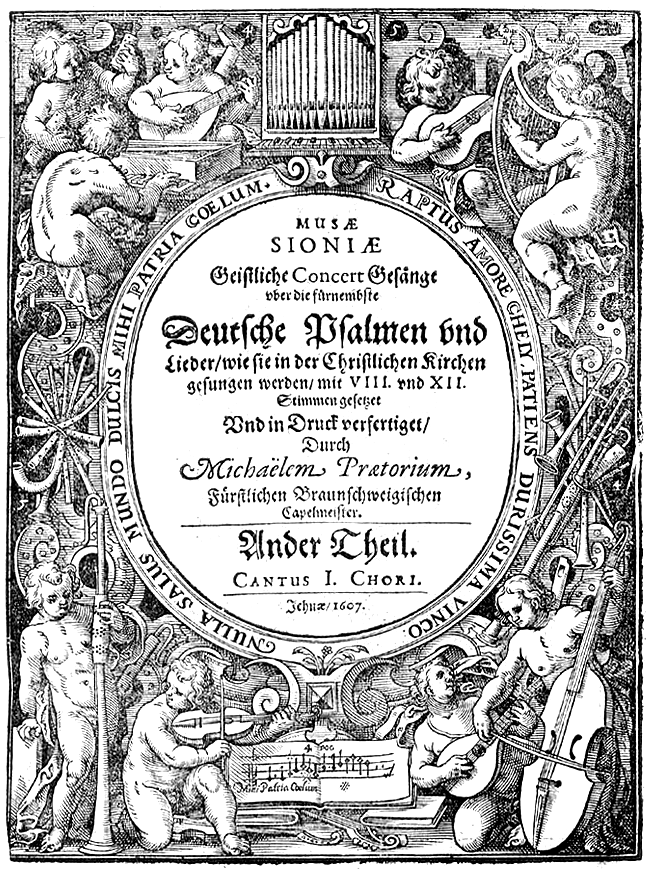For the holidays, Tempesta di Mare, Piffaro the Renaissance Band, and Choral Arts Philadelphia shine a light into one of the most brilliant corners of Europe: old Dresden. Christmas in Germany serves up an amazing early 17th-century treat, a time when all was very bright indeed.
For centuries, Dresden was absolutely one of the most beautiful cities in the world. It flowed with art, brimmed with music. Palaces and churches of surpassing loveliness rose in its river valley. Visitors flocked to Dresden’s attractions, drank in the golden ambience, and nicknamed the city “The German Athens” and “Florence on the Elbe.”
Dresden spread its spell for nearly a half-millennium, with the early 16th- and 17th century a point of particularly high charisma. That was when Dresden’s rulers were determined to make their Protestant city every bit as opulent and impressive as those of the Catholics. Dresden became Germany’s cultural capital.
In 1600, Dresden’s court had a dozen trumpeters on staff. That’s a lot of brass.

Naturally, it was alive with music. Not only did the court keep a prestigious ensemble, the Hofkapelle, for plenty of pomp and circumstance, but music was essential in the Lutheran church, too. “Music is a gift and grace of God,” Martin Luther had written, and Dresden’s Kreuzkirche, Sophienkirche, and Frauenkirche were major musical presenters. The city fielded the largest and best force of musicians in the north. In 1600, Dresden’s court had a dozen trumpeters on staff. That’s a lot of brass.
On the cusp of a new era, the musical world was bursting with possibilities. Renaissance polyphony was on offer, with its sumptuous webs of imitating voices and mellow sonorities. At the same time, the Baroque had arrived in all its flash and dash. Jaunty dance music rhythms and meters were everywhere, from street to dancehall to church. And the glorious chorale tunes of the Lutheran church provided a bedrock running under the entire culture. It was just a great time for music.
Dresden didn’t last, of course. Famously, tragically, its half-millennium of fabulousness came to an end with allied bombing raids in February 1945. The legendary buildings were torched and leveled. Art was destroyed or carried off out of hiding by Soviet “trophy brigades.”
The road back has been hard. The Iron Curtain blocked off Dresden from the west until German reunification. Since then, reconstruction efforts have been booming in the old city. But with so little original physical fabric remaining, they’re controversial. Trying to bring back centuries of vibrant-but-complicated history in modern stone and mortar brings up all kinds of problems. No matter what, the city of Dresden will never be the same.
The music is a much happier story. Thanks to ample surviving sheet music, musical Dresden survived and is now meeting a generation of players avid and able to bring it back full bore. Musicologists call rediscoveries from this period among the most rewarding of the early music revival. Musicians like Philadelphia’s Tempesta di Mare and Piffaro are gobbling greedily through old editions, increasingly astonished and fascinated by the treasures they hold.
Ephemeral, effervescent and infinitely portable, music brings back the glory that was Dresden. With woodwinds, strings and voices, the combined expertise of Philadelphia’s premier early music groups, and brass—of course!—the “Florence on the Elbe” will be back, right here, with Christmas in Germany.

The Delaware and the Schuylkill, they’re pretty nice rivers too, after all.
